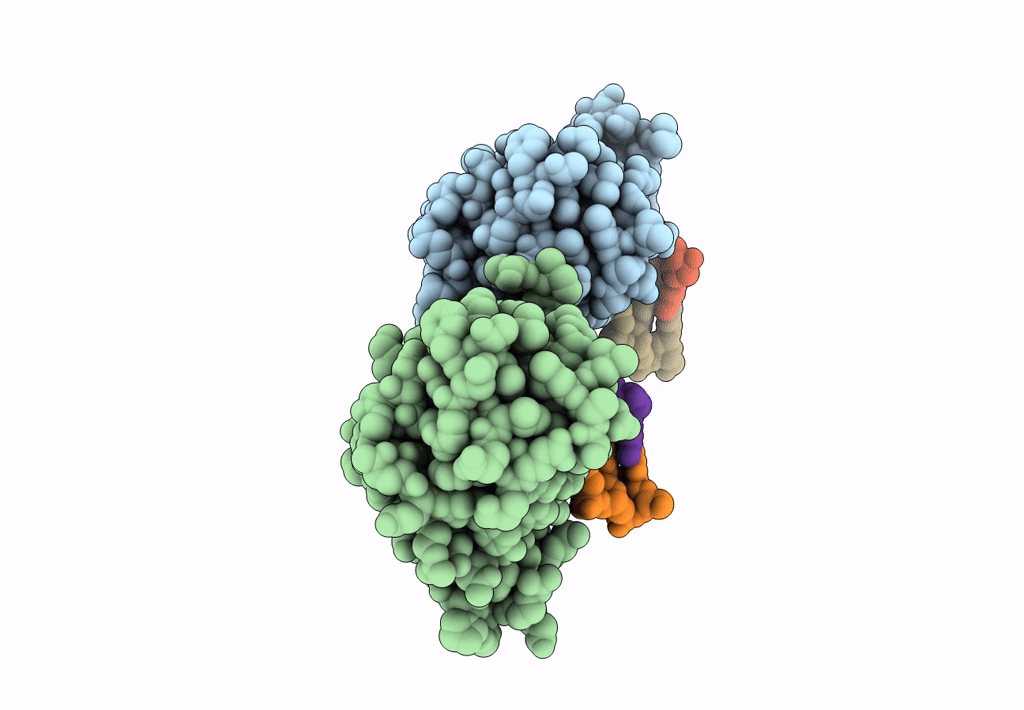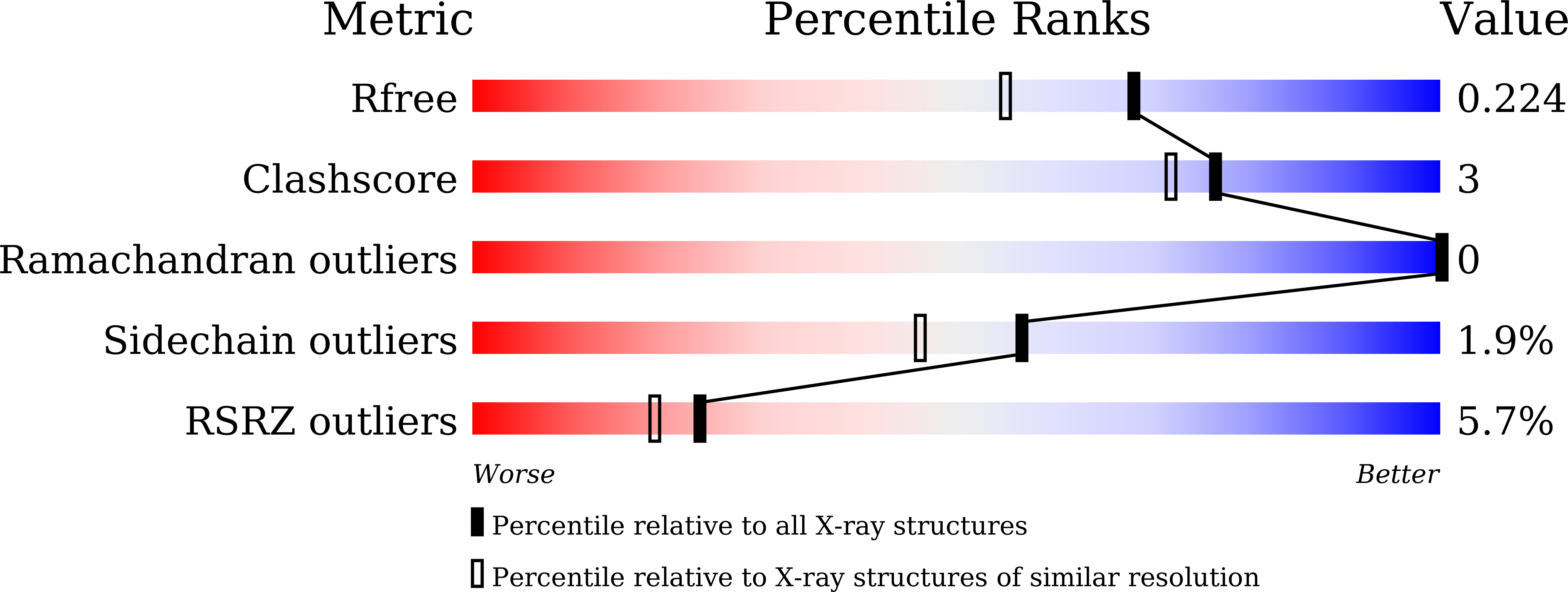
Deposition Date
2022-09-29
Release Date
2023-09-27
Last Version Date
2023-11-08
Entry Detail
PDB ID:
8H0L
Keywords:
Title:
Sulfur binding domain of Hga complexed with phosphorothioated DNA
Biological Source:
Source Organism:
Hahella ganghwensis (Taxon ID: 286420)
Escherichia coli (Taxon ID: 562)
Escherichia coli (Taxon ID: 562)
Host Organism:
Method Details:
Experimental Method:
Resolution:
1.80 Å
R-Value Free:
0.22
R-Value Work:
0.19
R-Value Observed:
0.19
Space Group:
P 21 21 21


